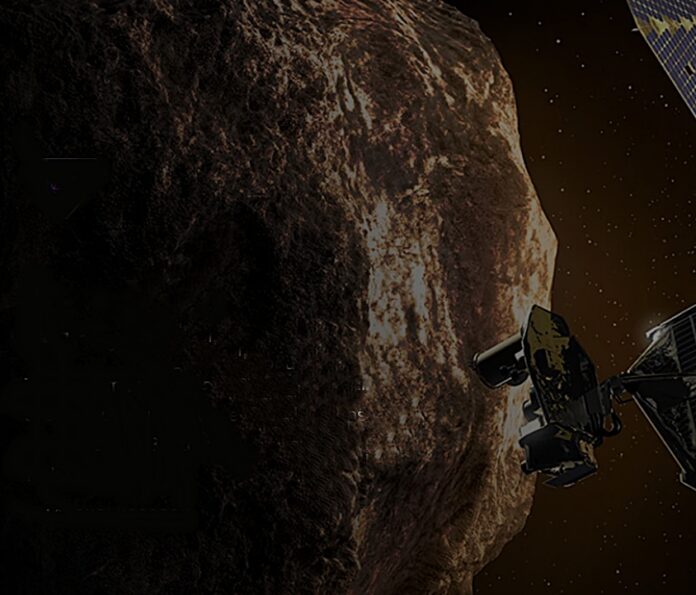The Psyche spacecraft is expected to lift off atop a Falcon Heavy rocket on October 13 at 10.19 a.m. EDT (7.49 p.m. IST).
It will travel on a journey of nearly six years and about 3.6 billion kilometres to the asteroid by the same name orbiting the Sun between Mars and Jupiter to study its composition.
According to a recent study, published in the Planetary Science Journal, asteroid 16 Psyche — one of the most massive objects in the main asteroid belt orbiting and a main target of the mission — could be made entirely of metal. Its metal is worth an estimated $10,000 quadrillion.
“We’ve seen meteorites that are mostly metal, but Psyche could be unique in that it might be an asteroid that is totally made of iron and nickel,” said lead author Tracy Becker of the Southwest Research Institute (SwRI) in a statement.
The mission was earlier on Thursday delayed by weather. The mission officials said that the orbiter’s solar arrays are folded and stowed for launch. All systems have been tested and retested many times, along with the payload of three science instruments.
“The team has worked tirelessly to prepare the spacecraft for its journey to a one-of-a-kind asteroid,” said Henry Stone, Psyche’s project manager at NASA’s Jet Propulsion Laboratory in Southern California, in a statement.
“All spacecraft systems, science instruments, and software have been integrated and extensively tested, and the spacecraft is fully configured for flight. We look forward to the launch and — more importantly — to accomplishing the mission’s objectives, marking yet another historic voyage of scientific discovery.”
Integrated onto the spacecraft is a technology demonstration called Deep Space Optical Communications (DSOC). DSOC will test high-data-rate laser communications — which could be used by future NASA missions — beyond the Moon for the first time. The tech demo will not relay Psyche mission data.
If all goes as planned, asteroid Psyche’s gravity will capture the spacecraft in late July 2029, and Psyche will begin its prime mission in August. It will spend about two years orbiting the asteroid to take pictures, map the surface, and collect data to determine Psyche’s composition.
–IANS
rvt/prw




























